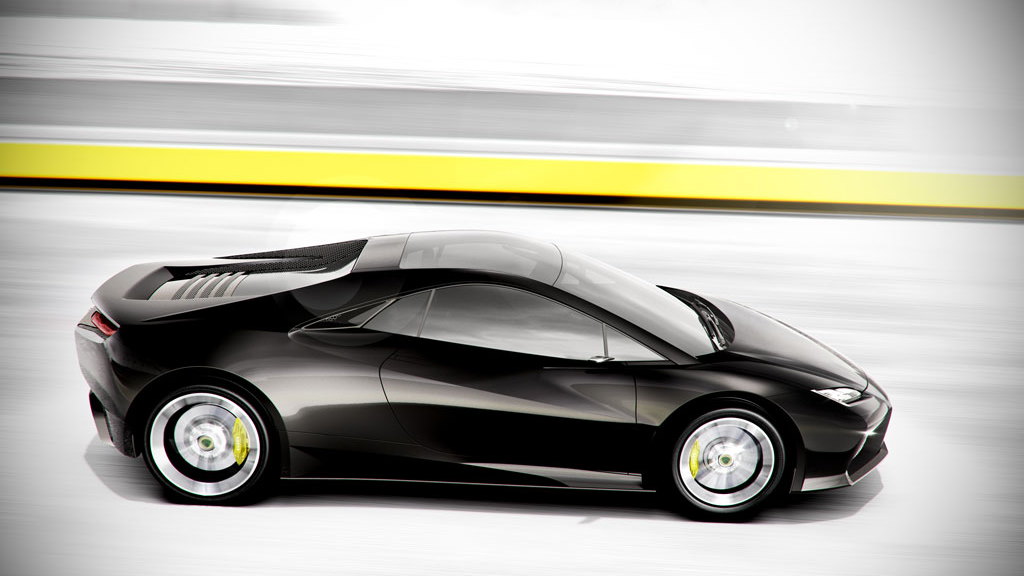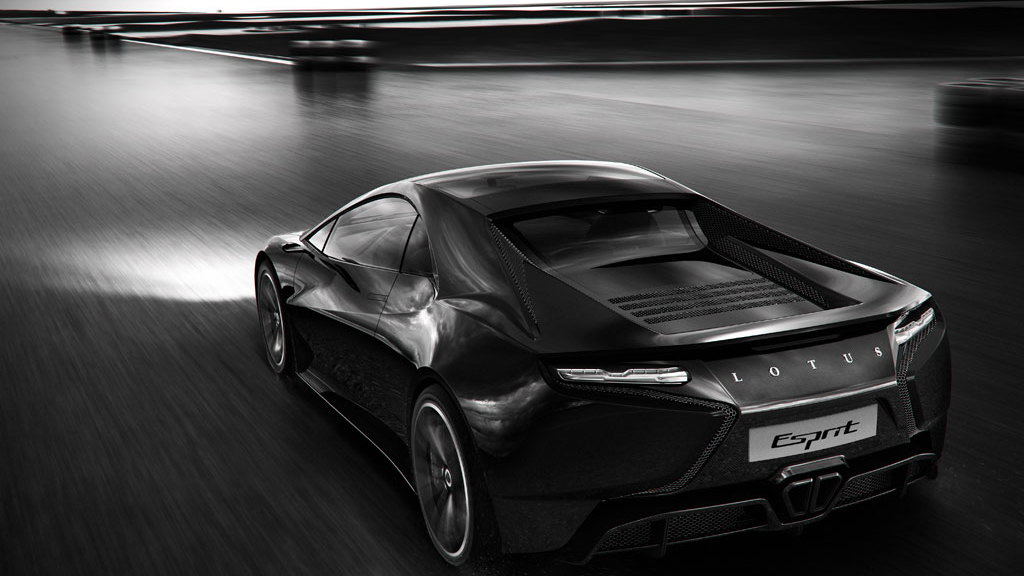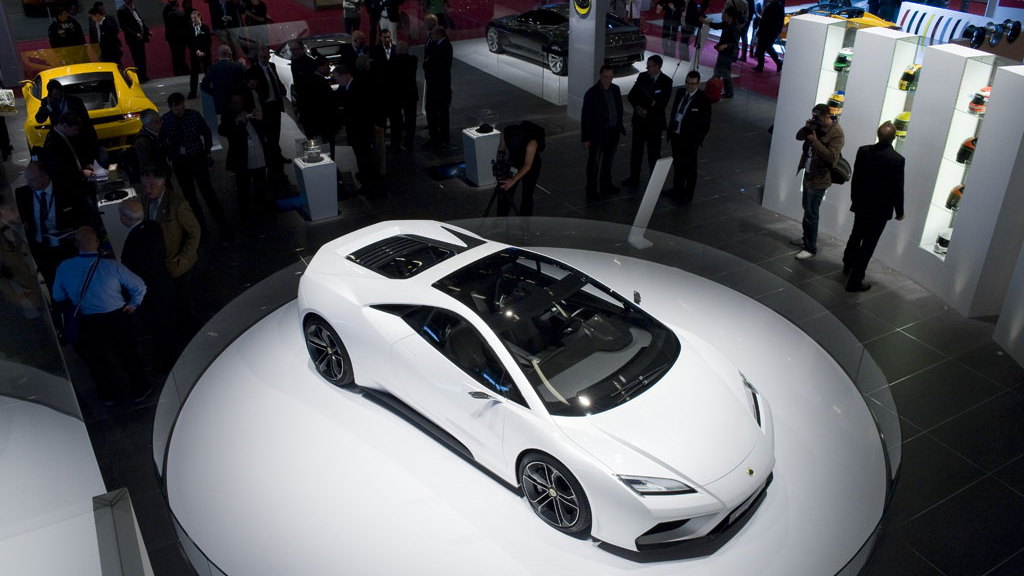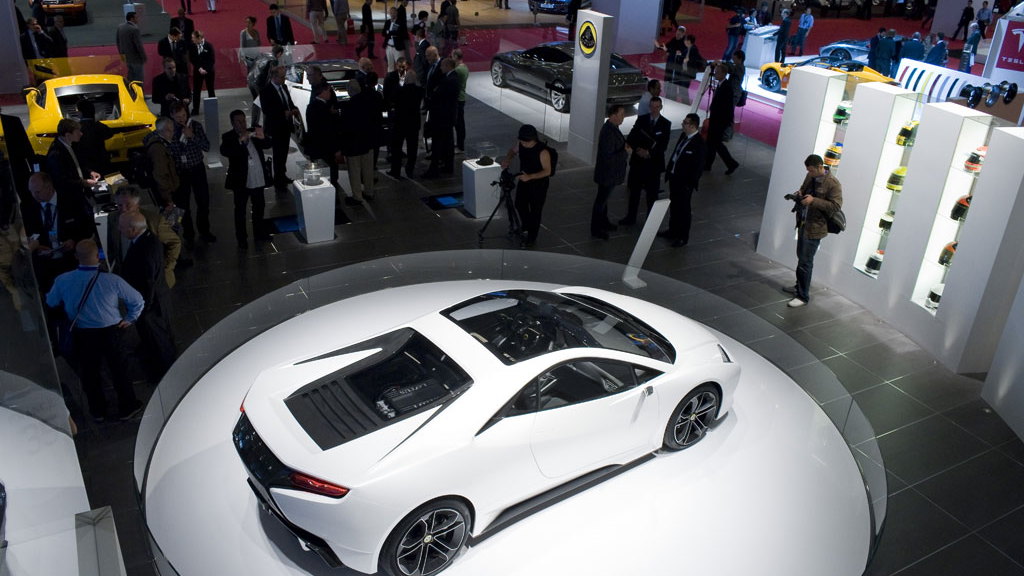Whether you're a fan of Lotus' transformation under the leadership of Dany Bahar or not, it's happening, and it may soon take a much more drastic path. According to reports from a roundtable last week, Bahar is considering a partnership with a larger car maker or possibly spinning the brand off from current corporate owner Proton to be publicly traded.
The reasoning for either move is clear enough: given Lotus' size and sales volume, it doesn't have the resources to develop cars to U.S. and EU standards for crash and emissions testing. Partnering up with a larger company would potentially open the doors to the resources necessary, though at what cost to Lotus' engineering and performance reputations is anyone's guess.
Aiming for sales volumes of 8,000 cars by 2015 or so, Bahar is positioning Lotus as a Porsche competitor. Porsche is part of the VW Group and definitely manages to build cars that set benchmarks in their respective segments, so it's not impossible to conceive of a partnership even with, say, Toyota, Lotus' long-time engine partner, as being productive while remaining relatively true to the brand.
At the same time, Porsche has leveraged a great deal of its recent advances on the back of platforms and vehicles shared with the larger VW Group, specifically the Panamera and Cayenne. The recently announced five-model lineup for Lotus is build around four sports cars, which don't sell in the volumes of the larger, more general-purpose vehicles. The lone sedan/four-door coupe, the Eterne, won't be able to ameliorate the small-volume issue due to its $188,000 price tag.
Worse still for Lotus is the use of advanced technologies and materials developed through its engineering arm. Bonded aluminum tubs, for example, don't lend themselves to the cross-platform sharing and volume production of the more common steel-and-aluminum unibody.
To circumvent this somewhat, Lotus has developed its new range to share heavily between models, with at least 50 percent of the components common to all, according to InsideLine. At even 8,000 units per year, however, the savings brought by volume will still be small.
Does Bahar's vision for the future of Lotus sit any better with you given this new context? Let us know in the comments below.






